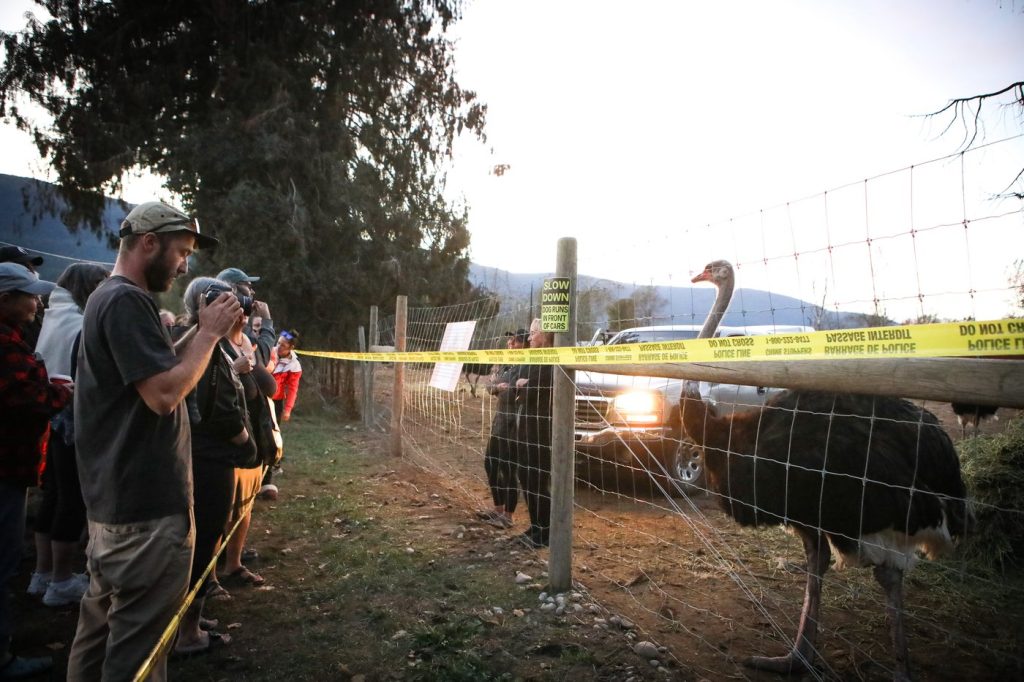EDGEWOOD, B.C. – In a troubling development for a local ostrich farm, the Canadian Food Inspection Agency (CFIA) has reported the death of an ostrich that was involved in a controversial cull order recently halted by the Supreme Court of Canada. The ostrich belonged to Universal Ostrich Farm, located in Edgewood, British Columbia, and had been previously injured, suffering from a pre-existing condition that affected its left leg and mobility.
According to reports from the CFIA, the bird's health "significantly declined" over a period of two days before succumbing on Saturday. The owners of Universal Ostrich Farm, who had been providing treatment for the ostrich’s conditions, expressed their distress over the situation. Farm spokesperson Katie Pasitney took to Facebook to share a video confirming the ostrich's death and subsequently leveled accusations of animal cruelty against the CFIA. Pasitney claimed that the agency had been “dumping the electrolytes out” during treatment.
In response to the allegations, the CFIA did not immediately provide a comment but released a statement indicating that it had been "administering medication and electrolyte fluids consistent with the therapy regime provided by the owners." This incident has only intensified the ongoing dispute surrounding the farm, which has been battling a mandated cull of its birds following an outbreak of avian flu.
The necessity for the cull emerged after the CFIA ordered the extermination of 400 ostriches from the farm due to health concerns. However, the owners of Universal Ostrich Farm contested this decision, asserting that the surviving birds are healthy and possess scientific value. After appealing the cull order, they were granted a temporary reprieve when the Supreme Court of Canada issued a last-minute stay on the cull last month.
The CFIA has assured the public that it will comply with the court's stay and intends to file a response with the High Court. Despite the stay, the agency maintains control over the ostrich enclosure at Universal Ostrich Farm, reflecting the ongoing tension between the farm's owners and the regulatory agency. This situation not only raises questions about animal welfare but also highlights the complexities involved in managing animal health amidst outbreaks of diseases such as avian flu.
This incident adds a significant chapter to the ongoing struggle between agricultural producers and regulatory bodies, raising concerns about the balance between animal health management and the welfare of individual animals within farm settings.












